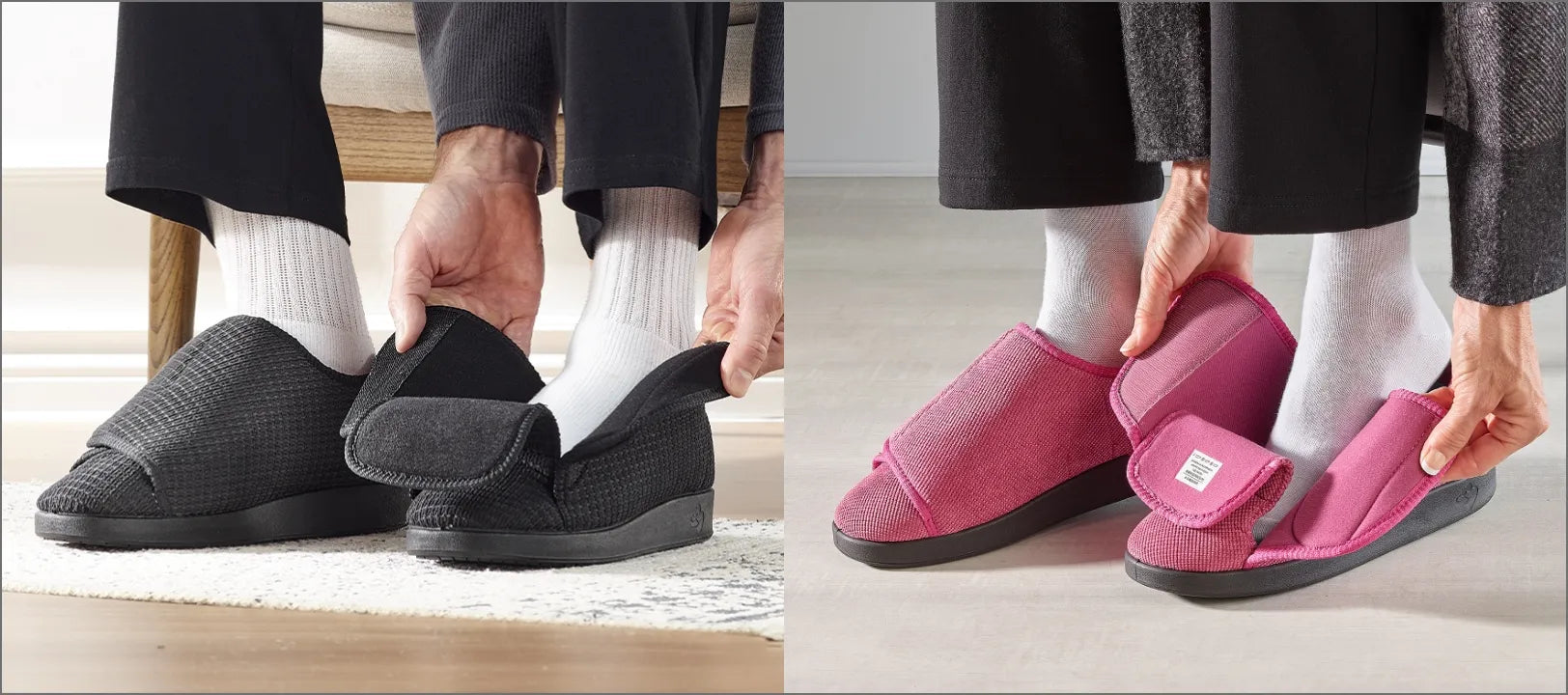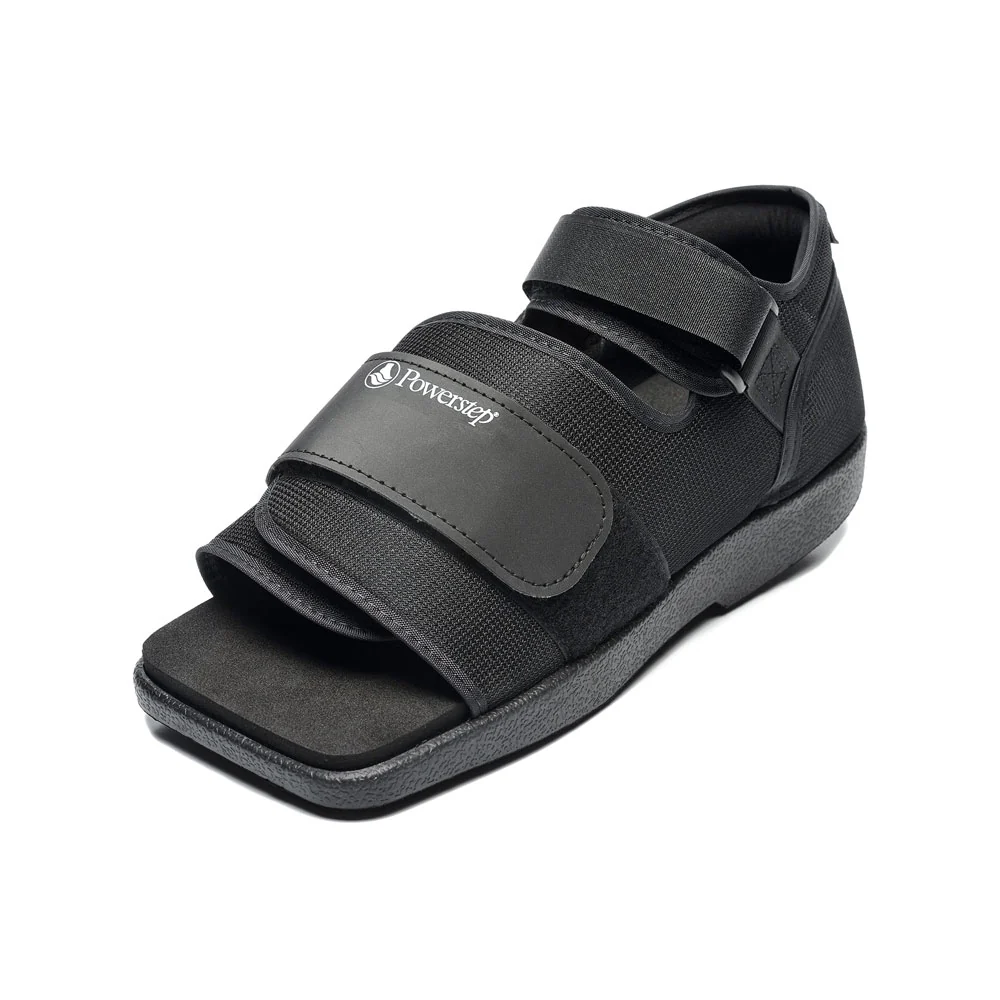Foot health is often overlooked, but it plays a crucial role in maintaining overall wellness. For men who spend long hours on their feet—whether at work, while exercising, or during daily activities—wearing the right orthopedic shoes for men can be a game-changer. These shoes are more than just a comfort upgrade; they are an investment in long-term mobility and foot health.

Why Orthopedic Shoes Matter
Orthopedic shoes are specifically designed to support the anatomy of your feet. Unlike conventional footwear, which often prioritizes style over substance, orthopedic shoes are built with the structure and needs of the foot in mind. This means they offer enhanced arch support, cushioning, and stability. But why does this matter?
Poor footwear can lead to a range of foot problems, including plantar fasciitis, heel spurs, bunions, and even lower back pain. These conditions don’t just make walking uncomfortable—they can seriously impact your quality of life. For men who work in demanding environments, enjoy outdoor adventures, or simply spend a lot of time standing, the importance of supportive footwear cannot be overstated.

Understanding the Anatomy of a Quality Orthopedic Shoe
Not all orthopedic shoes are created equal. When choosing the right pair, it is important to understand the key features that set them apart:
- Arch Support: A well-designed orthopedic shoe should offer robust arch support, which helps distribute body weight evenly and reduces stress on the feet.
- Heel Cushioning: This helps absorb shock with each step, protecting the heel and minimizing impact on the lower body.
- Wide Toe Box: A roomy toe area ensures that your toes are not cramped, preventing issues like bunions and hammertoes.
- Adjustable Closures: Whether through laces, Velcro, or straps, the ability to customize the fit is crucial for maintaining comfort.
- Breathable Materials: Feet can get hot and sweaty, so breathable materials help keep them cool and prevent odor.
- Durable Outsoles: Slip-resistant, durable soles ensure stability on various surfaces, reducing the risk of slips and falls.

Who Benefits the Most from Orthopedic Shoes?
Orthopedic shoes can benefit almost anyone, but they are particularly essential for individuals with:
- Diabetes: Diabetic neuropathy can cause a loss of sensation in the feet, making them more susceptible to injuries. Proper footwear helps protect against blisters and ulcers.
- Arthritis: Painful joints require shoes that minimize impact and provide added support.
- Plantar Fasciitis: The right shoes can alleviate heel pain by supporting the arch and cushioning the heel.
- Flat Feet: Extra arch support helps maintain proper foot alignment.
- Athletic Lifestyles: Those who run, hike, or engage in high-impact activities benefit from enhanced shock absorption.
Dispelling Common Myths About Orthopedic Shoes
Despite their benefits, orthopedic shoes are often misunderstood. Here are a few myths worth dispelling:
- “Orthopedic shoes are only for the elderly.”
In reality, anyone who values foot health can benefit, regardless of age. - “They are always bulky and unattractive.”
Modern orthopedic shoes come in a variety of stylish designs, making them suitable for both casual and professional settings. - “They are too expensive.”
While high-quality orthopedic shoes can be an investment, they often last longer and save money in the long run by preventing costly foot problems.
How to Choose the Right Orthopedic Shoes for Men
Finding the perfect pair of orthopedic shoes involves more than just picking the right size. Here are some tips to guide your search:
- Know Your Foot Type: Are you flat-footed, have high arches, or neutral arches? Understanding your foot type can help you choose shoes with the appropriate support.
- Consider Your Lifestyle: Do you need shoes for work, exercise, or casual outings? Different activities may require different features.
- Prioritize Comfort Over Style: While looks are important, comfort should always come first. Make sure the shoes you choose have all the essential orthopedic features.
- Try Them On with Proper Socks: Always wear the type of socks you intend to use with the shoes while trying them on.
- Look for a Trial Period or Warranty: Some high-quality brands offer trial periods, allowing you to test the shoes and return them if they are not comfortable.
Breaking in Your New Orthopedic Shoes
Once you’ve chosen the perfect pair, it’s important to allow your feet time to adjust. Even the best orthopedic shoes may require a short break-in period. Start by wearing them for short periods each day, gradually increasing the duration as your feet adapt.
Maintaining Your Orthopedic Shoes
To get the most out of your orthopedic shoes, proper care is essential:
- Clean them regularly, following the manufacturer’s instructions.
- Replace insoles when they become worn.
- Alternate shoes to extend their lifespan.
- Store them in a cool, dry place to prevent material degradation.
Final Thoughts: Investing in Foot Health
Your feet are the foundation of your body, carrying you through all your daily activities. Investing in quality orthopedic shoes for men is a step toward better posture, reduced pain, and enhanced mobility. Whether you are dealing with existing foot issues or simply want to prevent them, choosing the right footwear can make a world of difference.
Remember, foot health is an aspect of wellness that deserves attention at any age. Don’t wait until you experience pain—take proactive steps now, and your feet will thank you later.